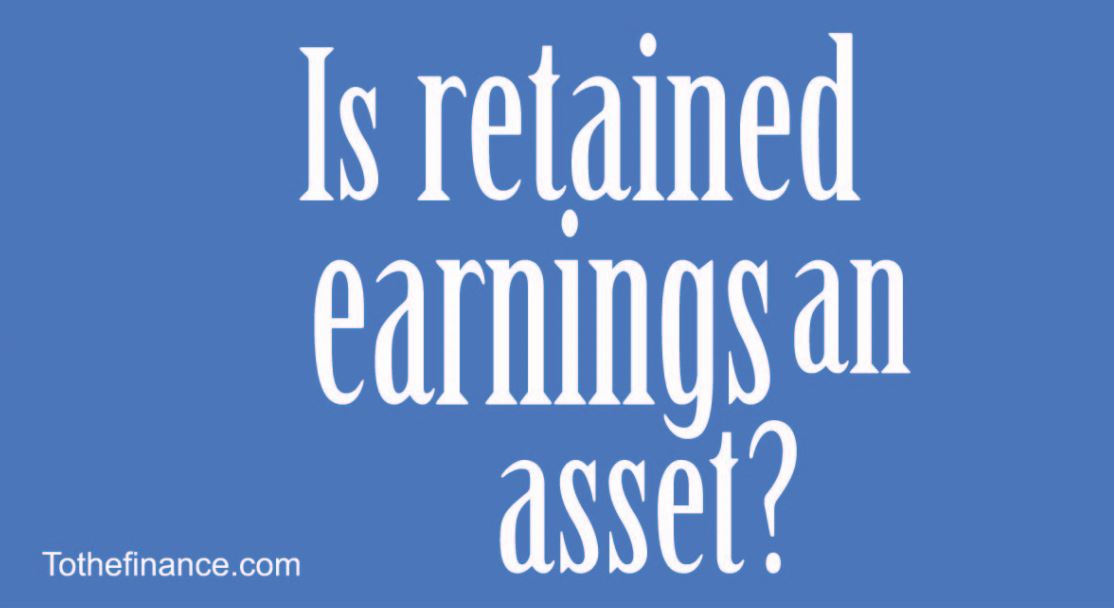It is the most frequent question being asked by accounting learners, “Is retained earnings an asset?” Typically, retained earnings reflect a corporation’s earnings from its incorporation minus dividends paid to company shareholders. Therefore, retained earnings represent the total profits retained for future investment. It is mainly presented as equity in the balance sheet. It’s opposite of the accumulated losses.
Is retained earnings considered an asset?
Even while retained earnings are recorded in the shareholders’ equity portion of a company’s balance sheet, it is unlikely that the retained earnings have been deposited into the company’s bank account. Instead, the corporation likely purchased other properties to increase profits for its owners. Occasionally, the firm will utilize reserved profits to decrease its debt. As a consequence, it is now difficult to specify the specific location of preserved profits.
Why are retained earnings not regarded as an Asset?
Even if they may be used to purchase assets, retained gains are not assets in and of themselves. Retained earnings can be a liability for a corporation since they are put aside to pay investors in the case of a company sale or buyout. However, in normal circumstances, it’s a part of the equity.
Retained earnings are recorded under reserves and surplus in the shareholders’ equity section of the balance sheet on the liabilities side of the statement of financial position since they belong to the owners.
At all times, firms of all sizes must maintain accurate records of retained earnings, total assets, and total liabilities. Similar to a general partnership, a limited liability company (LLC) may have shareholders who are not responsible for the firm’s debt but are entitled to earn profit distributions. Retained earnings are the profits that remain at the end of the fiscal year.
Are retained earnings part of equity?
Because retained earnings are a kind of equity, they are included under shareholders’ equity on the balance sheet. Even though they are not assets in and of themselves, retained earnings may be utilized to acquire equipment, inventories, and other investments. Consequently, a firm with a substantial retained earnings balance may be well-positioned to undertake future asset acquisitions or boost dividend payments to shareholders.
What is the meaning of “negative retained earnings”?
Negative retained earnings balance often indicates a company’s fragility, since it indicates losses in one or more prior years. However, it is more challenging to grasp a business with significant retained earnings.
Where on the balance do retained earnings appear?
In the shareholders’ equity portion of a company’s balance sheet, retained earnings are often noted. To calculate retained earnings, the beginning-period retained earnings are added to the net income (or loss) and removed from dividend payments.
Conclusion
Therefore, retained earnings are a component of net profit after shareholder dividends have been deducted. It will build over time to be used for potential financing effects, which may occur at any moment in the future.
Retain earnings are the net operating profits retained by the corporation as extra shareholder equity capital. As a consequence, it is regarded a shareholder’s fund and is used to calculate the return on equity investment for shareholders.
